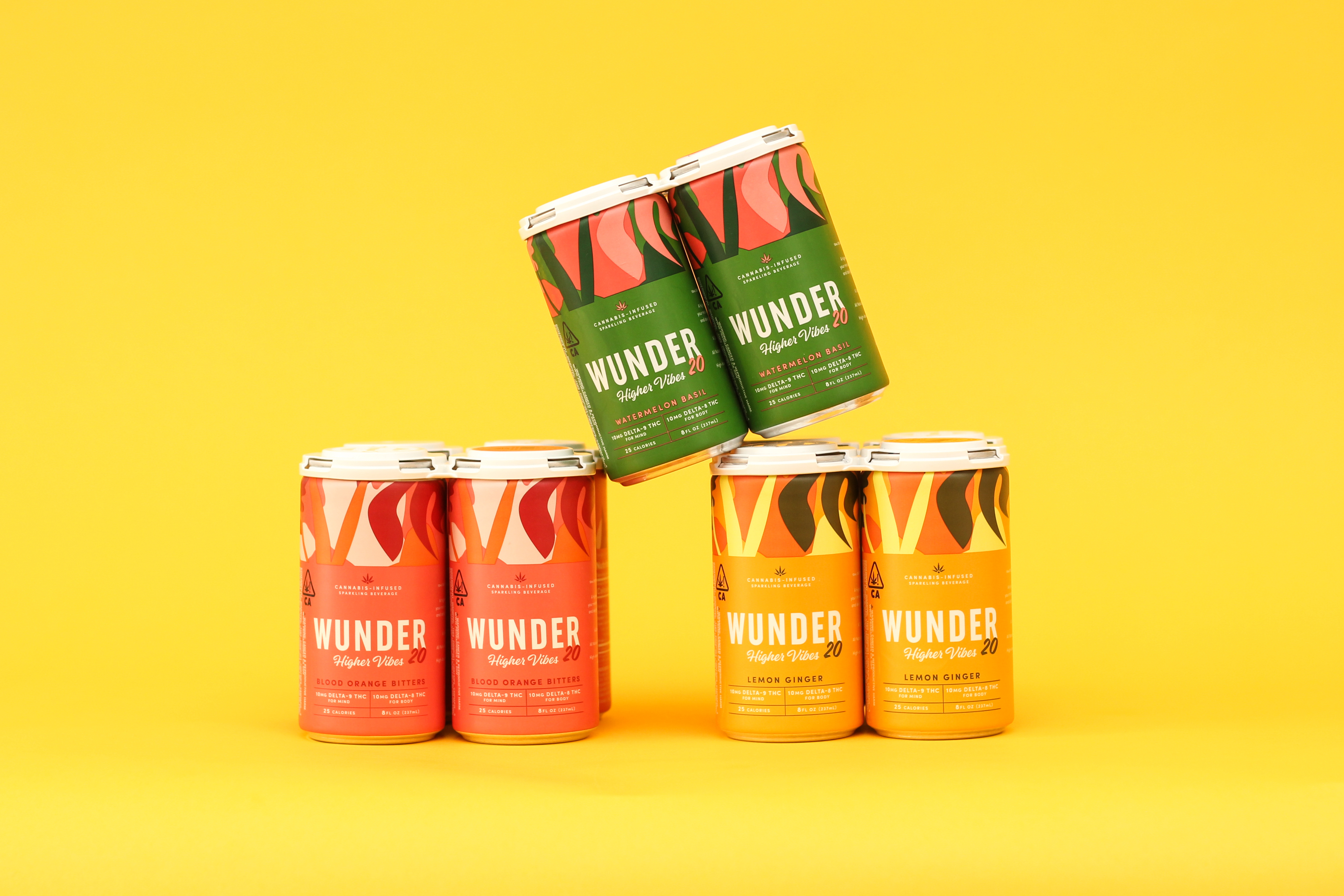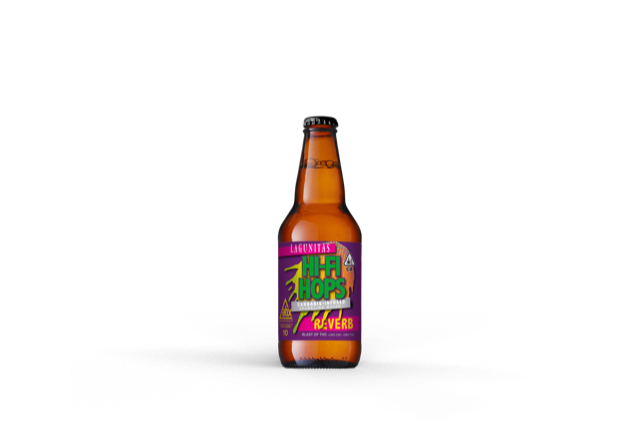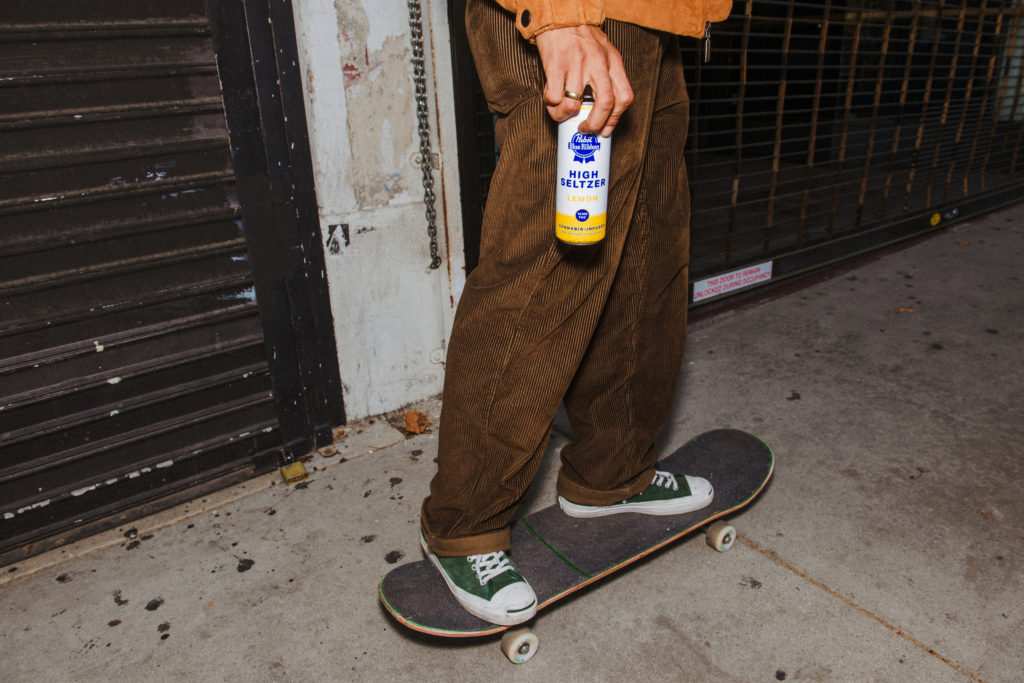Cannabis Edibles and Drink Review had the pleasure of once again sitting down with Austin Stevenson, Vertosa’s Chief Innovation Officer and one of San Francisco Business Times’ “40 under 40” award recipients.
CEDR: Austin, what’s new since we spoke last?
Austin: The biggest news is that we continue to infuse a whole bunch of new products, but we’ve also received a U.S. patent on aluminum can stable emulsions. Our team at Vertosa has also commercialized products in Canada and now have products on the shelves in Massachusetts as well . We recently executed a deal to expand our technology and services into Michigan, so we’ll be infusing Michigan products by this summer.
CEDR: Who are some of Vertosa’s newest clients?
Austin: Exciting new clients include Pabst Blue Ribbon, WUNDER and Lagunitas.
CEDR: The word “nano,” seems to be in the industry vernacular much more than it was six or twelve months ago. Can you speak to how that technology has evolved? Is it realistic that all these people are incorporating it now?
Austin: I think the evolution of consumer awareness of nanotechnology is due largely to technology manufacturers like ourselves and others, who are doing a great job communicating the benefits of nano emulsions to our clients: the brands and beverage manufacturers. In the past six months, we’ve seen a lot of the beverage manufacturers and producers of other infused products, like edibles and gummies, really starting to do a good job of articulating what nano emulsions are and the reason why they exist, primarily with messaging focusing on fast-actingand greater bio-availability.
This provides a more predictable, more metered, and much more accessible experience. This is a big reason why you’ve seen a lot more activity around nano. Consumers hate waiting to get high. They want to feel the experience right away without any uncertainty of how the effects will play out.
CEDR: Any new data that demonstrates the speed differential between traditional (thc infused) drinks or gummies and a nano emulsion one?
Austin: Yes, I’m glad you asked. Last year, we produced a “pharmacokinetic study,” a PK study, measuring the onset and bioavailability of our emulsions—specifically our aluminum can stable emulsion. Link to Study We’ve also accumulated sensory data, based on results from over 50 consumers on fast-acting, nano-emulsified gummies. For our PK study summary, Stage One, we wanted to test ‘if size matters’ – literally. We had a hypothesis that the ‘smaller the droplet size of the nano-emulsion, the faster the onset; so we focused on our conventional emulsion systems which has the smallest droplet sizes ranging from 40-60 nanometers. Ultimately, the goal was to, to measure how fast can you ‘feel’ the cannabis kick-in. Our hypothesis . For Stage Two, we focused on our aluminum can stable emulsions system, which is a natural plant-based nanoemulsion, focusing on beverages and CBD just to to not only evaluate speed, but also evaluate the total absorption, also called “ bioavailability”. We know there is no “one-size fits all” cannabis ingredient. There area lot of different nano/micro encapsulation technologies and ingredients on the market. That is a part of the reason we felt the need to build an entire portfolio of different nano-emulsion solutions. So beyond size, we felt that it was important to evaluate if the actual ‘emulsifiers’ have an impact on bio-availability (or total absorption). in the onset.
Stage three would be the same study, but with THC, and should result in the same behavior because of what we’ve been able to show through a third-party FDA and DEA licensed laboratory called Emery Pharma. We’ve been able to publish an IRB approved study. We tested eleven subjects who were fed breakfast and 20 milligrams of CBD in our natural plant-based emulsion designed for aluminum cans..
We measured blood pressure, heart rate, and body temperature. Then, we collected blood and plasma samples, ultimately to quantify the onset was within 10 to 15 minutes, so, very much like an alcohol experience. You’re feeling it at 10 or 15 minutes, you peak in around an hour, and then you’re coming down. We measured our emulsions versus their ingredient solutions, and, again, we saw the faster onset and greater bioavailability. Ultimately, You (the consumer) get more cannabinoids in your system and you feel it faster during the session. That was the focus. Now we’re taking the next step, doing this exact same study, but with THC.
What we have done in THC so far involves gummies and a consumer study including 41 participants. Each took one of the top three leading gummies here in California, a distillate-infused gummy, and compared it with a Vertosa-infused gummy. We kept the gummy type the same—both pectin, vegan gummies—the only difference being distillate versus nano emulsion.
We found in this blind, consumer study of 41 participants that over 50%of participants reported that they felt effects of gummies infused with our fast-acting emulsion in UNDER 30 minutes! 30% reported feeling the effects in less than 20 minutes, and 10% in less than 10 minutes! By comparison, a leading California gummy infused with distillate had LESS THAN 20% feel effects in under 30 minutes. .{Link Here}
CEDR: What headaches are you experiencing now?
Austin: The headaches are downstream. This would be the distribution of beverages to be sold in licensed dispensaries. Distributors are excited about the promise of beverages, but the infrastructure is not necessarily there to adequately move beverage products. They’re heavy, for one thing, compared to flower or vape, and they take up a lot of room. Some natural andplant-based products require cold-storage and refrigeration, and in California this does not exist in the legacy infrastructure where some dispensaries have been around for over a decade. That has been the biggest challenge for brands we work with: finding reliable, consistent distributors and downstream retailers who know how to move and display beverages to consumers.But there is hope! In new recreational states on the East Coast like New York, upcoming dispensaries and potential consumption loungeshave an opportunity to build retail environments to properly showcase and educate consumers on cannabis beverages. Imagine walking into a dispensary and passing an elegant humidor full of cannabis cigars, and then you’re immediately greeted with the site of an entire craft-cannabis beverage cooler full of cannabis infused drinks, from sparking beverages to beers to ciders to juices and more.
CEDR: There’s an issue with coolers, too?
Austin: Yes. Not only is it a matter of moving the product, but where will it be housed once it reaches the retailer? A lot of folks have actually bought and branded their own coolers. Both Laguanitas Hifi Hops and Pabst Blue Ribbon did just that because legacy CA dispensaries were not set up to house beverages. Some of these older dispensaries were accustomed to flower and basic edibles like chocolates and baked goods. Now that infusion technologies have evolved, and we can successfully infuse beverages, the product marketplace has to evolve. This requires legacy dispensaries to re-construct and re-build their consumer experience. So,although having abranded beverage cooler is a cool (pun intended) marketing strategy, it has not been a very efficient use of retail space. What has happened in CA dispensaries, is you end up getting a retail floor cluttered with a bunch of different misshaped coolers.
CEDR: Where is Vertosa headed next (outside of California)?
Austin: We’re expanding into Massachusetts and Michigan, and into a few additional Midwestern states. The markets I get excited about are New York and New Jersey, which for the first time are building retail dispensaries and in New York, the newly legalized licensed market permits the eventual opening of consumption lounges.
CEDR: Thanks Austin for the progress report. We look forward to catching up with you again soon.



